Cultural Symbols 🩷🔥
Sri Lanka has many cultural symbols.They give a value for our country. These cultural symbols famous among all the countries.
Art and Culture
Sri Lanka’s traditional art and culture scene brims with uniqueness. Representing it in all authenticity for decades is Ambalangoda Mask Factory & Museum. Enter this haven of ancient culture and you’ll find intriguing masks staring at you.
Along with two entire collections belonging to the Sanni Yakuma ritual and Kolam Dance, primitive tools used to carve these marks are also displayed here. The museum has a small library and a mask workshop as well. The mask library is one of its kind in Sri Lanka. It has anthropological records of mask-making and the history of traditional performances that use masks.
National Flag ..
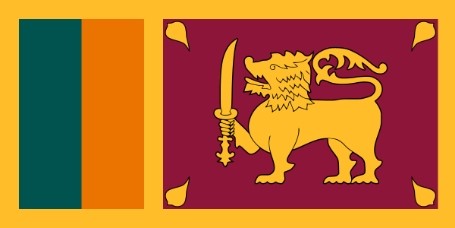 The National Flag of Sri Lanka represents the country and her heritage as rallying device that integrates the minorities with the majority race.
The National Flag of Sri Lanka represents the country and her heritage as rallying device that integrates the minorities with the majority race.
Sri Lanka National Flag is an improvisation of the civil standard of the last king of Sri Lanka, Sri Wickrama Rajasingha.
The civil standard had a passant royal lion with a sword in it’s right fore paw at the center, and a bo-leaf on each of the four corners on a plain border.
When Sri Lanka gained her independence from Great Britain on February 04, 1948, it was the lion flag of the last king of Sri Lanka was hoisted once again.
The first Prime Minister of independent Sri Lanka, D.S.Senanayake, appointed a committee to advice the government on the design of a new national flag. The design approved by the committee in February 1950 retained the symbol of the lion with the sword and the bo-leaves from the civil standard of the last king of Sri Lanka, with the inclusion of two vertical stripes green and orange in color.
The significance of each symbol of the national flag is as follows:
- The lion in the flag represents the Sinhala race.
- The sword of the lion represents the sovereignty of the country.
- Curly hair on the lion’s head indicates religious observance, wisdom and meditation.
- The beard denotes purity of words.
- The handle of the sword highlights the elements of water, fire, air and earth.
- The nose indicates intelligence.
- The two front paws purport to purity in handling wealth.
- The vertical stripe of orange represent the minority Tamil race and the green vertical stripe the minority Muslim race.
- The four virtues of kindness: KINDNESS, FRIENDLINESS, HAPPINESS, EQUANIMITY are also represented in the flag.
- The border round the flag, which is yellow in color, represents other minor races.
- The bo-leaves at the four corners of the flag represent Buddhism and it’s influence on the nation. They also stand for the four virtues - Kindness, Friendliness, Happiness and Equanimity.
- The maroon colored portion of the flag manifests the other minor religions.
The national flag was hoisted for the first time on March 3, 1950.
Veask Poya Day
Vesak commemorates the three most important milestones in the life of Gautama Buddha – His birth, enlightenment and Parinirvana (Nirvana after death).
Visiting the Temple is an important part of the Vesak Poya day activities of every Buddhist family. Young and old alike offer flowers and light oil lamps, with many observing sil all day. Buddhists in Sri Lanka spend the Vesak Poya day engaged in meditation and meritorious deeds, as it is considered appropriate to make a special effort to assist those in need and bring happiness to others during one’s lifetime. It is not a time for fulfilling one’s own desires. Instead Buddhists endeavour to pay homage to Lord Buddha by decorating Temples, creating beautiful decorations depicting scenes from His life and offering prayers of worship.
Sri Lanka Emblem
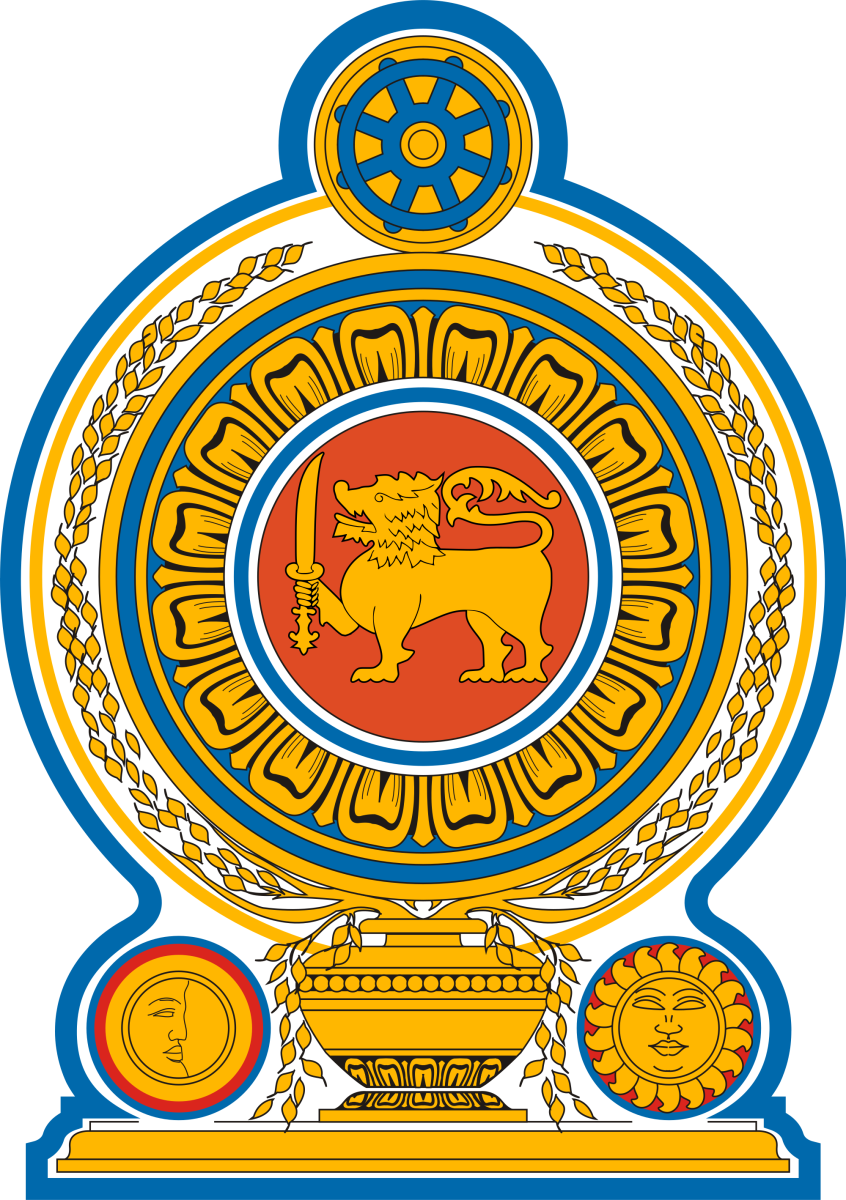 The national emblem of Sri Lanka is used by the State of Sri Lanka and the Sri Lankan government in connection with the administration and government of the country. The current emblem has been in use since 1972 and created under the ideas and guidance of Nissanka Wijeyeratne. At the time, he was Permanent Secretary to the Ministry of Cultural Affairs and Chairman of the National Emblem and Flag Design Committee. The designer of the emblem was Venerable Mapalagama Wipulasara Maha Thera, and the artwork was by S. M. Seneviratne.
The national emblem of Sri Lanka is used by the State of Sri Lanka and the Sri Lankan government in connection with the administration and government of the country. The current emblem has been in use since 1972 and created under the ideas and guidance of Nissanka Wijeyeratne. At the time, he was Permanent Secretary to the Ministry of Cultural Affairs and Chairman of the National Emblem and Flag Design Committee. The designer of the emblem was Venerable Mapalagama Wipulasara Maha Thera, and the artwork was by S. M. Seneviratne.
The emblem features a gold lion passant, holding a sword in its right fore paw (the same lion from the flag of Sri Lanka) in the centre on a maroon background surrounded by golden petals of a Blue Lotus the national flower of the country. This is placed on top of a traditional grain vase that sprouts sheaves of rice grains that circle the border reflecting prosperity.
The crest is the Dharmachakra, symbolizing the country’s foremost place for Buddhism and just rule. Traditional Sinhalese heraldic symbols for the sun and the moon form the supporters. Sun and Moon, and Lion depicting
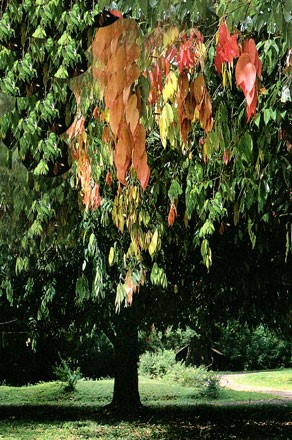 The Ironwood (Na Tree), botanically known as ”Mesua Nagassarium” was declared the National Tree on 26th February 1986.
The Ironwood (Na Tree), botanically known as ”Mesua Nagassarium” was declared the National Tree on 26th February 1986.
It was chosen as the National Tree for several reasons.
- It is a tree which originated in Sri Lanka
- Its utility
- Historic and cultural importance
- Exterior posture
- Wide distribution
- Colour and nature
- Ability to draw and sketch it easily
This rain forest tree grows to about 30 m high and indigenous to the lower wet Zone of Sri Lanka. Remarkable Features of NA is beautiful bright Red Leaves and finally matured in to a deep green. Timber has a very hardness and durability and used to make bridges in the early times. Now it is not allowed to use for timber due to its religious value. The flower of NA is also used in herbal medicine and preparation of perfumes, cosmetics and soaps.
It is believed that the first visit of Buddha was to grove of a NA Tree at Miyanganaya and also the next Buddha (Mithriya) will attain enlightenme.
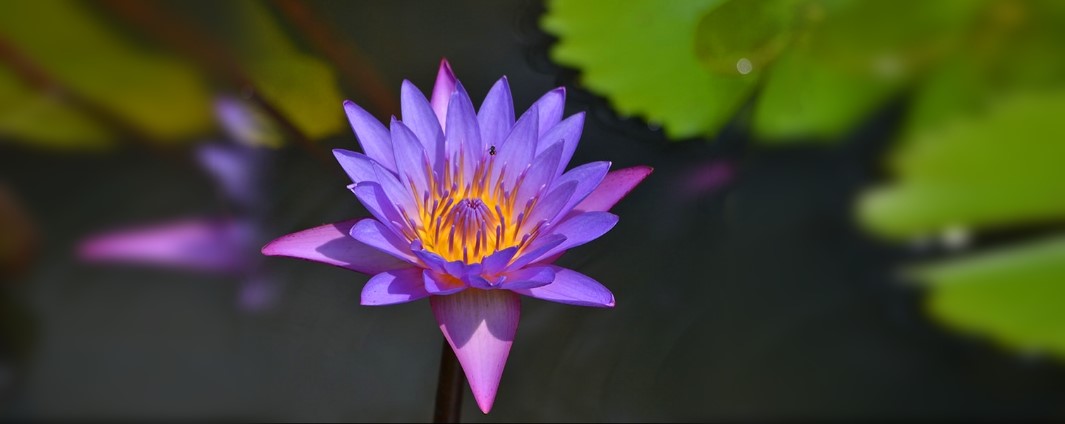
Considered Sri Lanka’s greatest cultural export, Kandyan dance was almost lost during the period of British rule due to the cultural domination imposed by the ruling empire. Good thing it’s been revived because it is one truly captivating show that would be a shame if it were lost.
Dancers adorned with rattling anklets, elaborate beads, jingling bangles, funky headgear and colourful flowing costumes perform stunning high jumps and summersaults while drummers flank them, pounding out heart-thumping tribal rhythms. With a stage set amid the deep, lush jungle of Sri Lanka, a Kandyan dance performance captures the imagination by connecting audiences to their tribal roots.
Kandyan dance is said to have spawned from an exorcism ritual that Indian shamans brought to the island at the request of the king who was suffering from a mysterious illness many years ago.
As the legend goes, the king was experiencing a recurring dream that was causing him much anguish, which he believed to be black magic working against him. After the dance was performed for him, his mystery illness disappeared—and from then forward, the dance flourished.
Kandyan dance has different forms, such as ves, a sacred dance in devotion to the god Kohomba; uddeki, which gets its name from the small hourglass-shaped hand drum that’s played for the dance; and vannams, which has vocal recitations to express the virtues of the animals being depicted.
With the exception of vannams, traditional Kandyan dance is paired solely to the sounds of the drum and other percussion instruments such as cymbals. The tammettama is one such instrument, a twin drum played with thin cane drumsticks as well as the two-sided geta beraya drum. The combination of the two drums and cymbals are enough to fill the space with full, richly textured sound.Though Kandyan dance has traditionally been reserved for men, today women commonly perform it and have adapted their own style of costume. The success of Kandyan dance has resulted in its both spreading beyond the city of Kandy for which it’s named (still the best place to watch it) and has spawned various dance schools as well as being integrated into other forms of contemporary dance in Sri Lanka and beyond. As the national dance of Sri Lanka, it lives on as an enduring feature of a country richly endowed with culture.
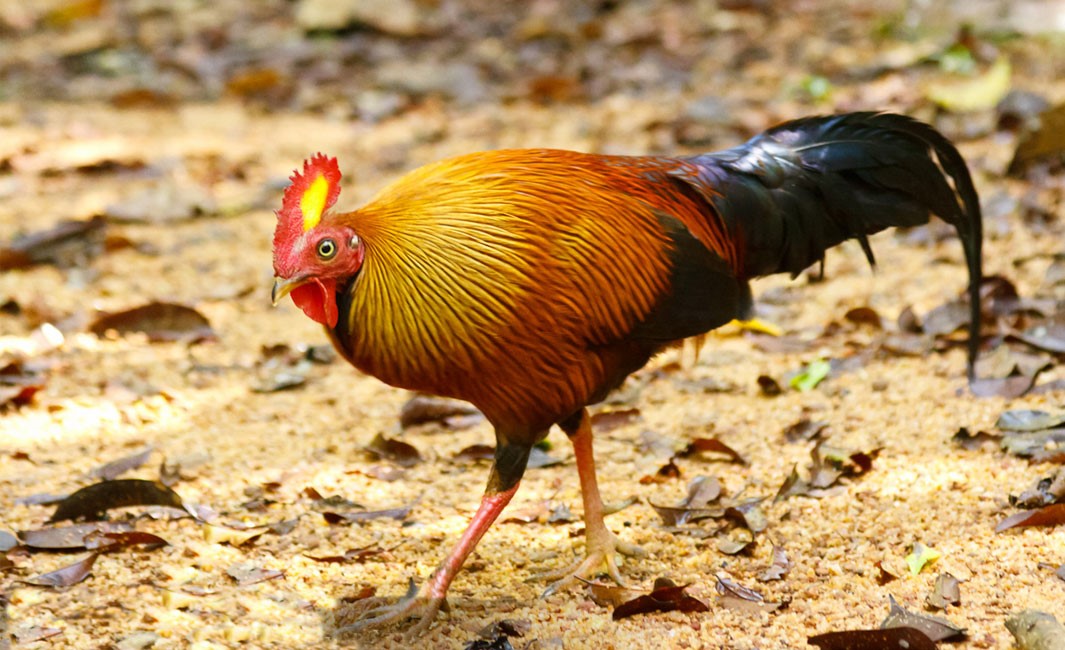 Sri Lanka Jungle Fowl – Very colorful ground bird, endemic to Sri Lanka is the national bird of Sri Lanka. Distributed commonly in Sri Lanka’s jungle and dense scrub through out. Roosts high in trees at nights. Flies up to tree branches when threatened. Nests in hidden, scraped place on the ground or on a pile of vegetation just off the ground. Sinharaja is a very good site to watch Sri Lanka Jungle Fowl.
Sri Lanka Jungle Fowl – Very colorful ground bird, endemic to Sri Lanka is the national bird of Sri Lanka. Distributed commonly in Sri Lanka’s jungle and dense scrub through out. Roosts high in trees at nights. Flies up to tree branches when threatened. Nests in hidden, scraped place on the ground or on a pile of vegetation just off the ground. Sinharaja is a very good site to watch Sri Lanka Jungle Fowl.


.jpeg)
.jpeg)
.jpeg)
Comments
Post a Comment